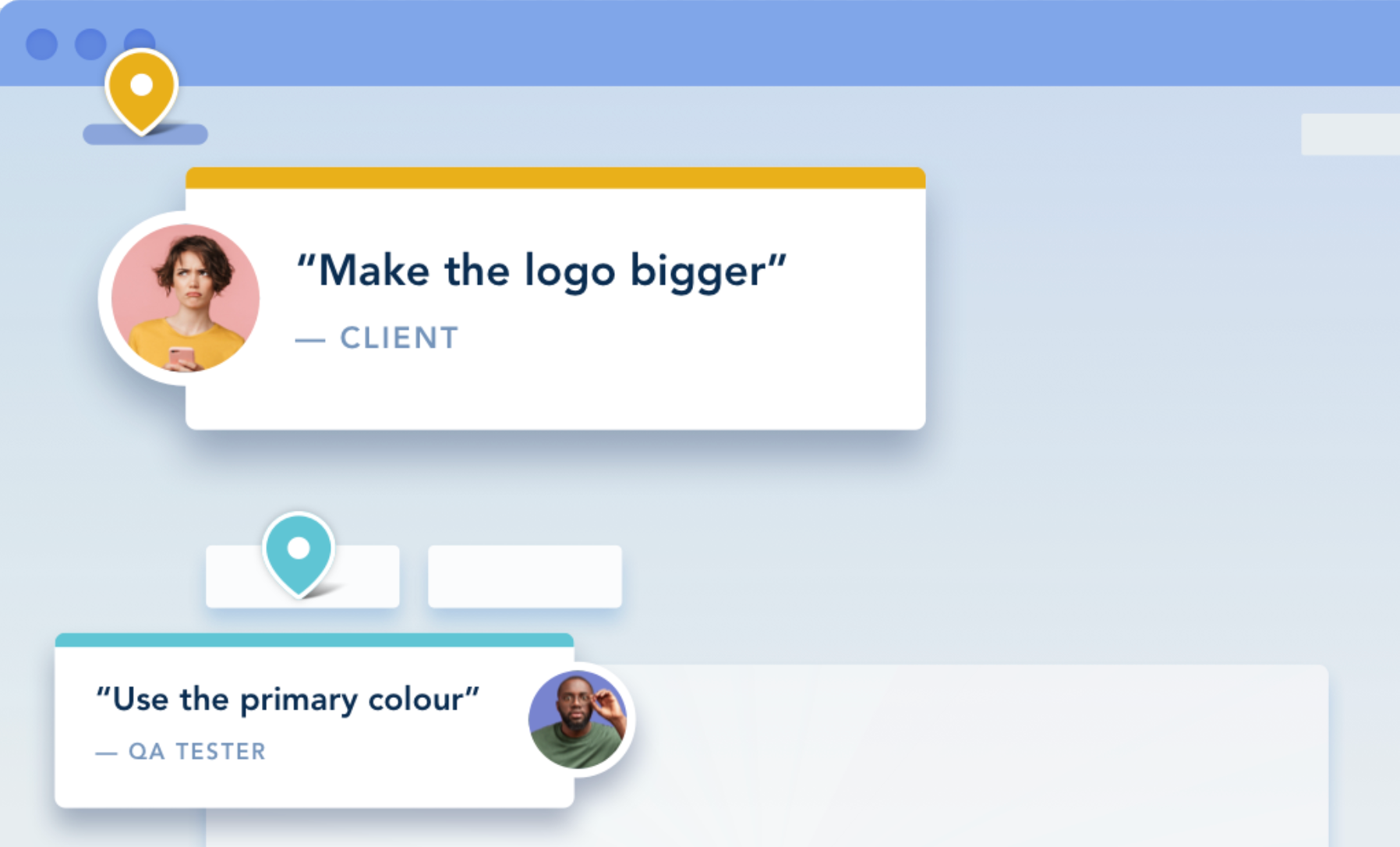Running a profitable agency goes beyond simply delivering projects on time. It requires a deep understanding of operational efficiency, client retention, and the metrics that drive profitability.
Many agencies may assume that a busy pipeline automatically means profit, but that’s not necessarily the case. Service-based businesses, like agencies, don’t operate with fixed input costs. The amount of time it takes to service a client directly impacts the profitability of the project.
BugHerd CEO and former agency owner, Stephen Neville caught up with Marcel Petitpas, CEO & Co-Founder of Parakeeto, a company dedicated to helping agencies measure and improve their profitability by streamlining their operations and reporting systems. Together they delved into the foundational strategies that agencies can implement to maximize their company profitability and enjoy long-term financial success.
Here are the top highlights:
Key financial metrics
To get a clear picture of profitability, agencies need to focus on a few key metrics:
- Profit margins: The ideal profit margin for agencies should be around 20%. By carefully managing delivery costs and overheads, agencies can consistently hit this target.
- Agency gross income (AGI): This is the agency’s total revenue minus pass-through costs (expenses that don’t belong to the agency, like advertising costs for clients). AGI represents the actual money the agency earns through its services.
- Delivery costs: These are the costs associated with earning revenue, primarily consisting of employee salaries and contractor fees for the work delivered to clients. Agencies should aim to keep delivery costs under 50% of AGI.
- Overhead costs: Overhead covers non-delivery expenses like sales, marketing, administration, and facilities. Marcel recommends agencies allocate 20-30% of AGI to overhead costs.
By consistently tracking and optimizing these key metrics, agencies can gain a clear understanding of their financial health. Focusing on these factors ensures that revenue is not only generated but also retained as profit. These metrics provide a framework for making informed decisions that drive success in a competitive market.
Operational efficiency as a profit driver
Improving operational efficiency is a critical factor in boosting profitability. By optimizing workflows, agencies can deliver more value without increasing costs. This involves:
- streamlining project management
- automating repetitive tasks
- ensuring that team members focus on billable work
- resource planning to prevent inefficiencies like underutilization of employees or freelancers
Effective resource planning helps prevent bottlenecks, making sure that all team members are working at optimal capacity. When efficiency becomes a priority, agencies can reduce wasted time, increase productivity, and ultimately improve their profit margins without over-extending resources.
The role of utilization, billable rates, and delivery margins
Three main operational levers influence agency profitability: utilization rates, average billable rates, and delivery margins.
- Utilization rate: This measures the percentage of an employee’s available time spent on billable work. Maximizing utilization ensures that agencies are getting the most out of their employees' time. Even small improvements in utilization can lead to significant increases in profitability.
- Average billable rate: This represents the amount an agency earns for each hour of work. Even if an agency doesn’t bill clients hourly, understanding how much revenue is earned per hour worked provides insight into whether services are priced correctly. Improving the average billable rate - by either charging more or reducing the time required to complete a project - directly boosts profitability.
- Delivery margin: Delivery margin measures the difference between what the agency earns (AGI) and what it costs to deliver services. Agencies should aim to maintain a delivery margin of at least 50%. Anything lower indicates that the agency is spending too much on project delivery, which could stem from inefficiencies or underpricing services.

Retain clients to improve profitability
While increasing operational efficiency and monitoring key metrics are non-negotiables for profitability, retaining clients is just as important. It is far more cost-effective to keep existing clients than to constantly acquire new ones. Long-term client relationships not only provide steady revenue but also create opportunities for upselling and expanding the scope of services.
Agencies should regularly check in with clients, offer new solutions, and ensure they are delivering consistent value. This approach increases client retention and fosters a trusting relationship that can lead to additional work and referrals.
Make data-driven decisions
To continuously improve profitability, agencies need to rely on data. Tracking metrics like utilization, average billable rates, and delivery margins over time allows agency leaders to make informed decisions about pricing, resource allocation, and project management. Agencies must adopt a management accounting lens - focusing not just on revenue but also on understanding how resources are used and how profits are generated.
However, tracking these metrics effectively requires clean, reliable data. Time tracking, while often disliked by employees, is an essential component of measuring efficiency and profitability. Ensuring that teams understand the value of accurate time tracking, and using tools to streamline the process, helps agencies make better decisions about where to invest resources.

Conclusion: Building a path to sustainable profitability requires continuous improvement
Measuring and improving profitability isn’t a one-time event - it’s a continuous process. By focusing on key financial metrics, improving operational efficiency, and retaining valuable clients, agencies can build a sustainable business model that delivers long-term profitability. Implementing the right tools and fostering a data-driven culture helps agencies stay agile, adapt to changing market conditions, and consistently hit profitability targets.
For agencies struggling with profitability, the first step is to measure delivery margins and understand where inefficiencies lie. From there, focusing on improving utilization, increasing billable rates, and streamlining processes will put the agency on the path to greater profitability and success.
















But don't just take our word for it.
BugHerd is loved by 10,000+ companies,
350,000+ users across 172 countries.
4.8/5
4.7/5
4.5/5
5/5
8.7/10
Sam Duncan 📱📏 🌱
@SamWPaquet
"@bugherd where have you been all my life??
We just migrated our bug tracking over from Asana and have at least halved our software testing time🪳👏📈. "
Ashley Groenveld
Project Manager
“I use BugHerd all day every day. It has sped up our implementation tenfold.”
Sasha Shevelev
Webcoda Co-founder
"Before Bugherd, clients would try to send screenshots with scribbles we couldn't decipher or dozens of emails with issues we were often unable to recreate."
Mark B
Developer
“A no-brainer purchase for any agency or development team.”
Kate L
Director of Operations
"Vital tool for our digital marketing agency.”
Paul Tegall
Delivery Manager
"Loving BugHerd! It's making collecting feedback from non-tech users so much easier."
Daniel Billingham
Senior Product Designer
“The ideal feedback and collaboration tool that supports the needs of clients, designers, project managers, and developers.”
Chris S
CEO & Creative Director
“Our clients LOVE it”
Emily VonSydow
Web Development Director
“BugHerd probably saves us
at least 3-4hrs per week.”